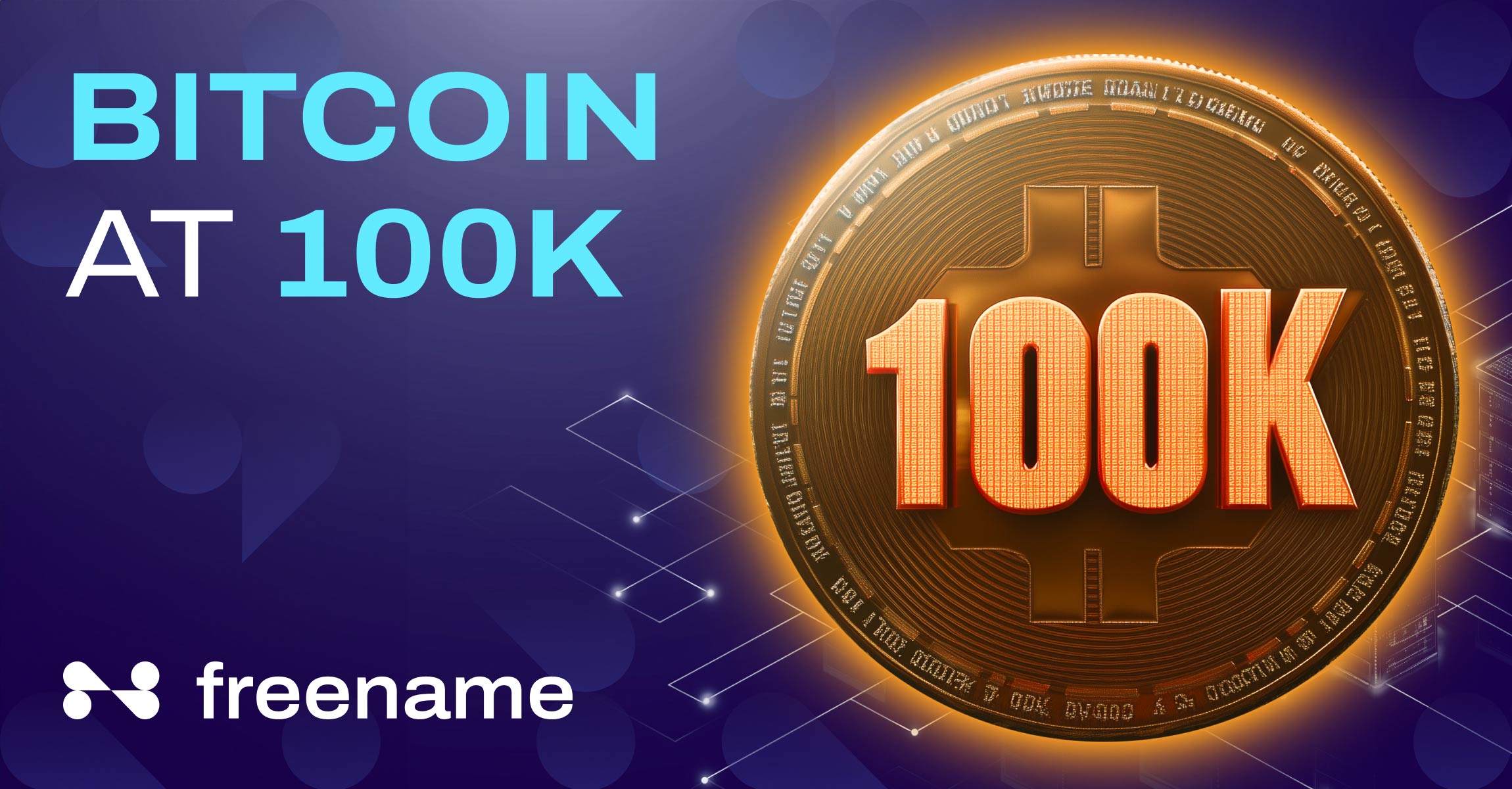The last few weeks have been a whirlwind. What crypto enthusiasts had been saying for years finally came true (or rather close to that). Bitcoin, the cryptocurrency that started it all, reached an all-time high of just over $99K on November 21, 2024. It has its sight set on the $100k mark.
Since the election of Donald Trump in early November, crypto assets like Bitcoin, Ether, and Solana have been on an upward trajectory. The promise of a crypto-friendly US government has sent a positive wave in the crypto world, with investors rushing to get in on the action. It’s expected that the restrictions and regulations on crypto projects will likely be reduced in the coming years.
This bullish movement of major crypto assets has also had a domino effect on altcoins. But these record-breaking surges aren’t merely profiting opportunities for investors. They are signs of big changes in the industry, particularly in the Web3 space.
Bitcoin at $100K: What It Really Means
Bitcoin has been on an upward trajectory since October 2024, with trade volumes higher than ever. There was a strong indication that institutional investors and hedge fund managers were getting in on the action.
After a rather slow year, Bitcoin and crypto assets picked up the pace in the week of the US elections, when over 153 million Americans cast their votes. President-elect Trump said he would embrace cryptocurrencies and lift unnecessary restrictions during his election campaigns. With him elected, hopes are high that Bitcoin will continue to increase in value, likely beyond the $100k mark.
Bitcoin achieving that feat will once again bring crypto, blockchain, and the whole idea of decentralization into the limelight. With more eyes and ears on these innovations, more adoption is expected. The recent record-breaking prices of Solana and even the original memecoin Dogecoin give a clear indication that blockchain is the future.
Crypto and related technologies may see greater global adoption in the near future. One of the technologies people use the most to interact with crypto assets is the crypto wallet.
The Impact on Crypto Wallets
Crypto wallets, in all their shapes and forms, are poised to see a heavy impact from the surging investment in digital currencies. Many Bitcoin and other crypto holders would need to acquire a crypto wallet to access their assets on different networks. After all, crypto wallets provide the essential user interface for the average consumer to utilize their digital assets, whether it’s Bitcoin, an NFT, or something else.
Today, most crypto consumers use custodial hot wallets (online wallets that can be accessed on desktop and mobile). While those wallets have pros, such as an easy-to-use interface, they also have cons. For instance, hot wallets connected to the internet run the risk of breach. On the other hand, non-custodial ones aren’t recoverable.
For now, their primary use has been purchasing and selling cryptocurrencies. However, as the value of digital assets surges, there will be an increased need for secure, user-friendly, and scalable wallets. New and existing investors will demand wallets that safeguard their holdings and streamline the complexities of crypto management, such as private key storage and transaction validation. This increased demand will likely accelerate innovation in wallet technology, including improvements in user experience, security protocols, and cross-chain compatibility.
Interest in crypto will also invite people to look beyond and into Decentralized Finance (DeFi), Decentralized Apps (DApps), and, of course, Web3.
The Evolution of Web3 Wallets
This post-election revolution of crypto will likely favor Web3 wallets over the crypto wallets people have been using. For those who may be unaware, to access Web3, you need a Web3 wallet. So, a Web3 wallet goes beyond what regular crypto wallets can do. It can connect users to the Web3 ecosystem, which includes DeFi marketplaces, DAOs, and DApps.
There’s much more to the world of blockchain and crypto than trading. Most of the innovative activity takes place in the Web3 space, and to access that, people will need Web3 wallets. These Web3 wallets are also likely to be more secure, as they’re normally non-custodial, meaning the user has complete ownership and control.
As people explore more areas within the decentralized space, they’re going to need a single point of contact, which a Web3 wallet can provide. Imagine accessing trading platforms, lending platforms, and other decentralized projects from a single interface that connects you to all things Web3. It’s no longer just software to store your private keys.
The Expansion of the Web3 Dream
In mainstream and social media, Web3 concepts, case studies, and milestones have so far been underrepresented. Granted, these concepts are more in the territory of crypto enthusiasts, stories about the creation, adoption, and benefits of Web3 projects have largely lived on blogs and podcasts. It’s been one of those ‘if you know, you know’ scenarios.
With Bitcoin nearing $100K and Solana eyeing the $400 mark, the need for a decentralized Internet is going to be a topic—this time, for everyone. After all, cryptocurrencies are the backbone of Web3. They enable peer-to-peer transactions and power DApps across a range of industries.
As digital assets gain mainstream adoption, Web3’s promise of a more user-controlled, transparent, and equitable digital ecosystem is becoming increasingly viable. Blockchain technology, which underpins cryptocurrencies, facilitates this shift by offering the secure, decentralized infrastructure necessary for Web3 innovations. Cryptocurrencies’ growing market capitalization provides the financial resources and community momentum needed to advance Web3 development.
This expansion is not limited to financial systems. It will transform how users interact with the internet. Web3 wallets, for example, allow individuals to control their online identity and data while participating in decentralized marketplaces and networks. Web3 domains are ushering in a new ecosystem of domains that are actually assets. They are also replacing complicated wallet keys that are hard to remember and use.
As the value and utility of digital assets continue to rise, so does the incentive for businesses, developers, and consumers to adopt Web3. This convergence of cryptocurrency growth and Web3 innovation is shaping a new digital frontier, one where users have greater control and ownership over their digital lives.







